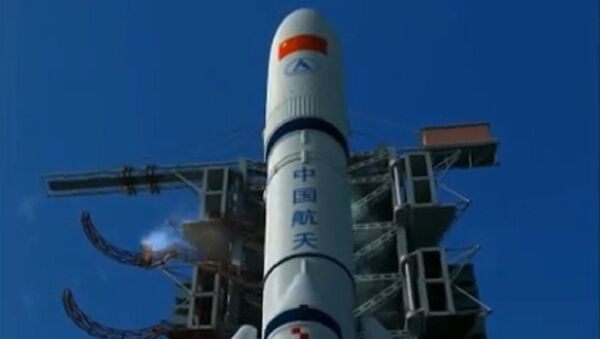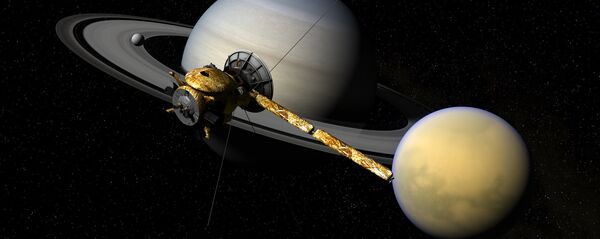"The Long March-5 represents a landmark in the country’s carrier rocket upgrading and has expanded the diameter of liquid-fuel rockets to 5 meters from 3.35 meters, and will improve space entering capabilities by 2.5 times," said Wu Yanhua, vice head of the State Administration of Science, Technology and Industry for National Defense, according to China Daily, which published photos of the rocket's departure.
Beijing completed preparatory work on the next-generation rocket earlier this month, after which it was loaded aboard two ships in North China’s Tianjin Port. The vessels, Yuanwang-21 and Yuanwang-22, began their seven-day journey to the launch site on Friday.
Developed by the China Academy of Launch Vehicle Technology, the Long March-5 has undergone nearly 7,000 tests over 16 years of development and was formally completed in 2014.
China’s largest rocket, it can boost a payload of 25 tons into low Earth orbit, or 14 tons into a geostationary orbit. It will be used to launch the Chang’e-5 lunar probe, as well as future Marian probes and modules for the country’s planned space station.
The Long March-5 is also a major advance in clean energy. To produce the 1,000 tons of force needed for lift, the rocket relies on lox kerosene, liquid hydrogen and liquid oxygen, instead of the toxic propellants traditionally used.
Beijing has made a number of strides in space technology in recent years. Earlier this month, tests performed by lunar lander Chang’e 3 confirmed that there is no liquid water on the Earth’s moon.
"We’ve measured the amount of water on the lunar surface and above, but only found the lowest quantities so far, which is in line with the expectations of the experts on the formation of the moon," said Wen Jianyan, a researcher with the Chinese Academy of Sciences, according to China Daily.
The Long March-5 could, in theory, help scientists hunt for water on other bodies in the Solar System, including Saturn’s moon Titan.




